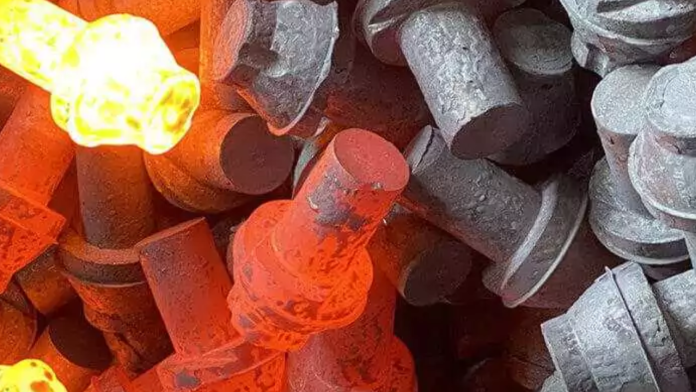Hot die forging is a cornerstone of modern metalworking, a method that takes material shaping to new heights by utilizing the transforming force of elevated temperatures. This complex method is critical in industries that require precision, strength, and dependability, such as automotive, aerospace, and energy.
Hot die forging is based on the strategic heating of metal to temperatures above its recrystallization point. This increased heat environment confers extraordinary plasticity and malleability on the material, allowing intricate and complex structures to be precisely created. The employment of a die, precisely made from heat-resistant steel, is the crux of this procedure.
This die gives the metal the desired shape and ensures that the finished components have outstanding mechanical qualities, structural robustness, and dimensional precision. Hot die forging is used in a wide range of essential components. You should click to visit the details of forging. It pours life into gearbox components in the automotive industry, sculpting crankshafts and connecting rods and gears with unrivaled precision.
Challenges in Hot Die Forging
Hot die forging is a precision manufacturing technology that uses high pressure to form molten metal into intricate patterns. Typically, the technique involves multiple steps, including billet heating, tool preparation, forging, and cooling. Increased temperatures allow for better material flow and lower forming forces, improving part accuracy and mechanical characteristics. In this post, we’ll look at the challenges of hot die forging.
Material Challenges
Material Selection
Choosing the proper material is critical for hot die forging success. Alloy steels and other metals with good workability are widely used. Not all materials, however, respond equally well to the forging process. Forgeability, thermal conductivity, and resistance to heat-induced flaws must all be variables in the selection.
Temperature Control
It is difficult to maintain consistent temperatures throughout the forging process. Temperature changes can impact the material’s flow behavior; hence, the heating and cooling stages must be continuously monitored and controlled. Uneven deformation and undesired microstructural changes can result from insufficient temperature control.
Process Complexities
Tooling Design and Wear
Hot die forging requires the creation of long-lasting and efficient dies. The dies must all tolerate high temperatures, severe pressure, and numerous cycles. Wear and tear are unavoidable; thus, material selection, cooling measures, and adequate maintenance must be carefully considered to extend the life of the die.
Die Lubrication
Proper lubrication is required to reduce friction and avoid adhesion between the workpiece and the die. Inadequate lubrication can result in die wear, forged part surface flaws, and increased energy consumption. Choosing the best lubricating method and applying it uniformly are continuous problems.
Forging Load Optimization
Choosing the best forging load is a difficult task. It entails balancing the demand for material flow with minimizing excessive stress on the die. Accurate modeling and simulation techniques are required to estimate and optimize the forging load, considering aspects such as material qualities, geometry, and process parameters.
Quality Control
Microstructural Integrity
To achieve performance parameters, obtaining the desired microstructure in the forged item is necessary. Rapid cooling during the forging process can result in uneven grain formations, cracking, and lower mechanical properties. To obtain the required microstructural integrity, it is necessary to apply proper heat treatment procedures.
Defects and Inspection
Laps, folds, and inclusions can be introduced during hot die forging. Detecting and mitigating these flaws necessitates modern inspection techniques, such as non-destructive testing procedures like ultrasonic testing and magnetic particle inspection. A robust quality control system is critical for identifying and addressing possible problems.
Sum Up
While hot die forging has several advantages in terms of efficiency and material quality, it does have some disadvantages. Material issues, process difficulties, and quality control are all critical obstacles that manufacturers must address to produce high-quality forged components. Continuous R&D efforts in materials science, process optimization, and inspection technologies are required to address these difficulties and improve hot die forging capabilities in the present industrial environment.









